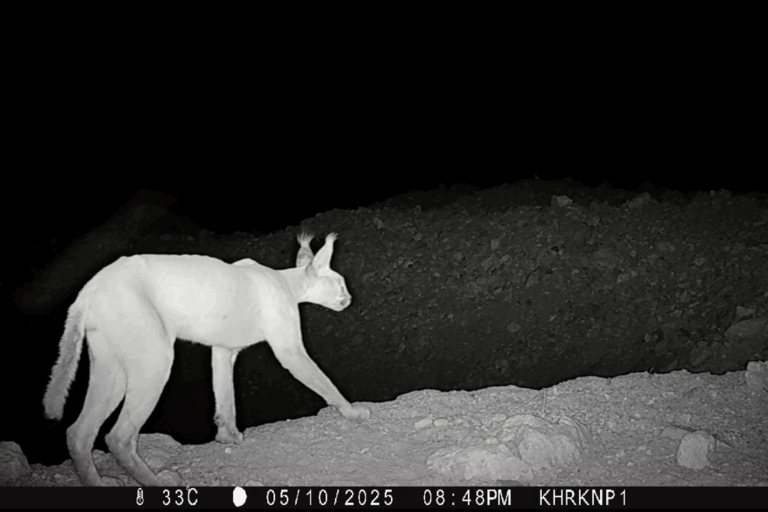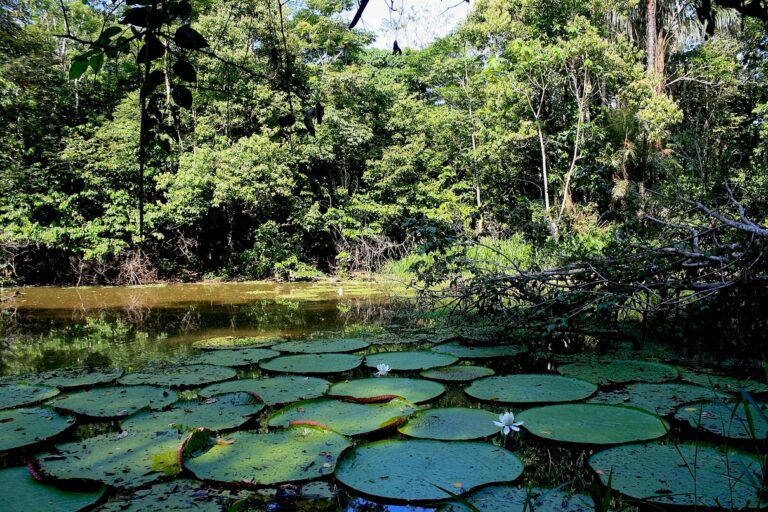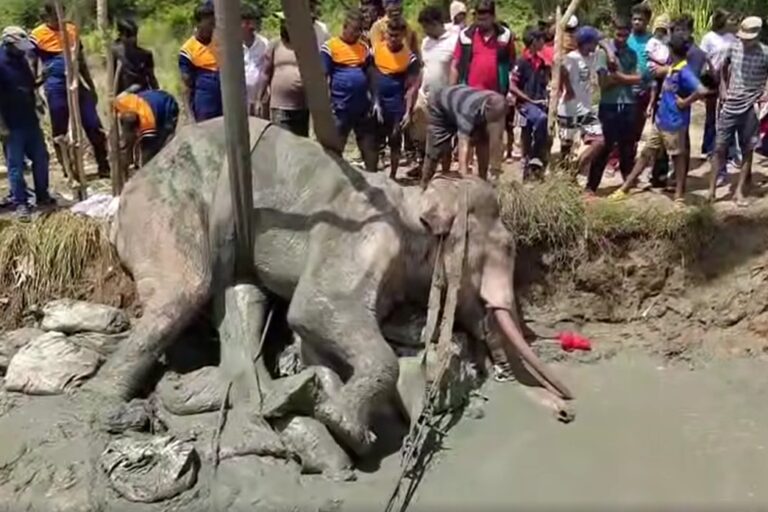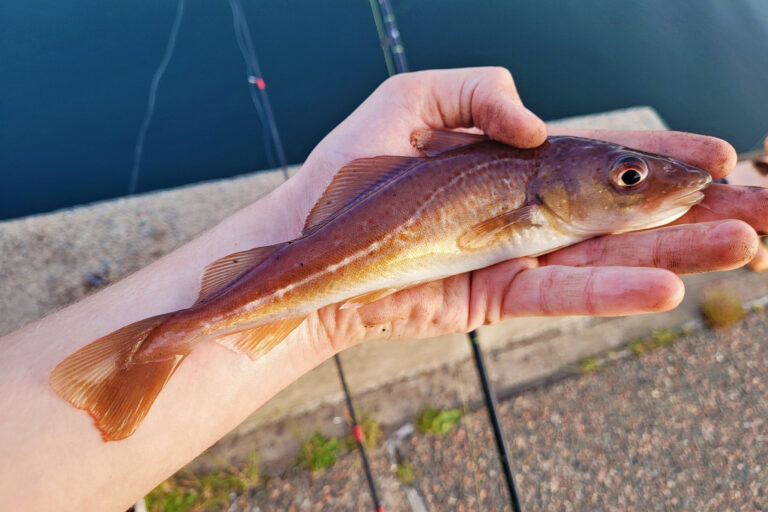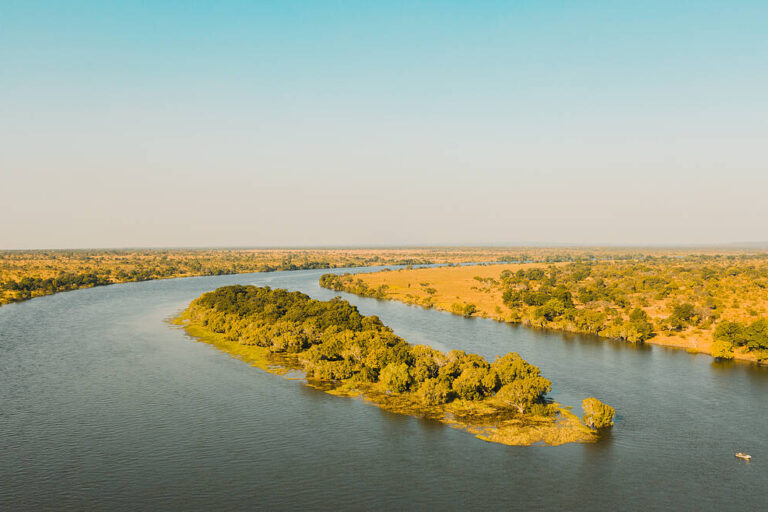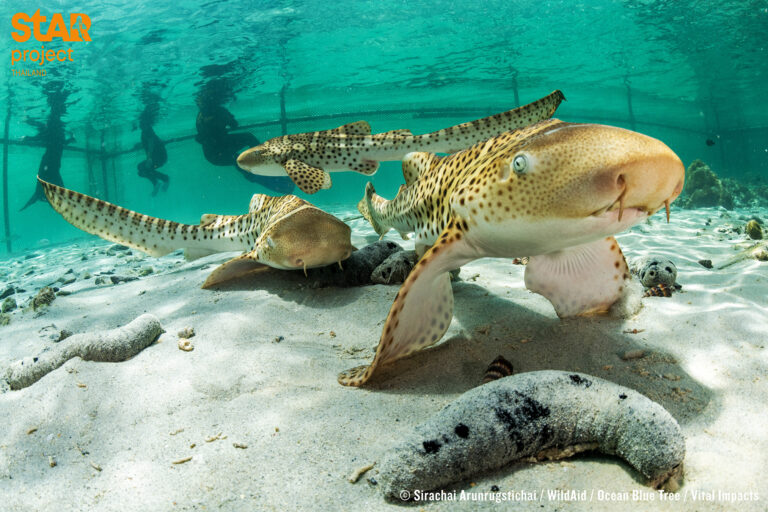- The forests of the Gran Chaco in Paraguay, home of one of the world’s last uncontacted Indigenous nations, continue to be the target of illegal deforestation linked to luxury automakers such as BMW and Jaguar Land Rover.
- Two of three Paraguayan leather exporters shown to be buying hides from cattle grazed in illegally deforested parts of the Gran Chaco have increased their sales to Europe since the issue came to light in September 2020.
- Major European automakers are still unable to demonstrate how their supply chains are shielded from illegal deforestation in Paraguay.
The forests of the Gran Chaco in Paraguay continue to be the target of illegal deforestation, prompting one of the world’s last uncontacted Indigenous nations to reportedly reach out to express their concern over the continued encroachment by outsiders.
In September 2020, an investigation by London-based NGO Earthsight exposed the link between the illegal clearances inside PNCAT, a protected territory that’s home to the Ayoreo Totobiegosode people, for cattle ranching, and the leather used by luxury carmakers such as BMW and Jaguar Land Rover.
The report revealed that two ranches within PNCAT — Caucasian SA, and a farm belonging to an associate of Cooperativa Chortitzer — were found to have illegally cleared more than 2,700 and 500 hectares respectively (6,700 and 1,200 acres) between 2018 and 2019.
After the report was made public, Earthsight, along with local and international NGOs, called on Paraguayan authorities to investigate the cases of illegal deforestation at the Caucasian and Chortitzer farms, as well as whether the more than 200 fires at Caucasian in 2020 were in breach of the law.
In a follow-up report released last week, “Grand Theft Chaco II: The Vice Continues,” Earthsight said Paraguayan authorities had failed to investigate the exposed illegalities, resulting in new cases of illegal deforestation in the Gran Chaco, a lowland region that covers parts of Paraguay, Argentina, Bolivia and Brazil.
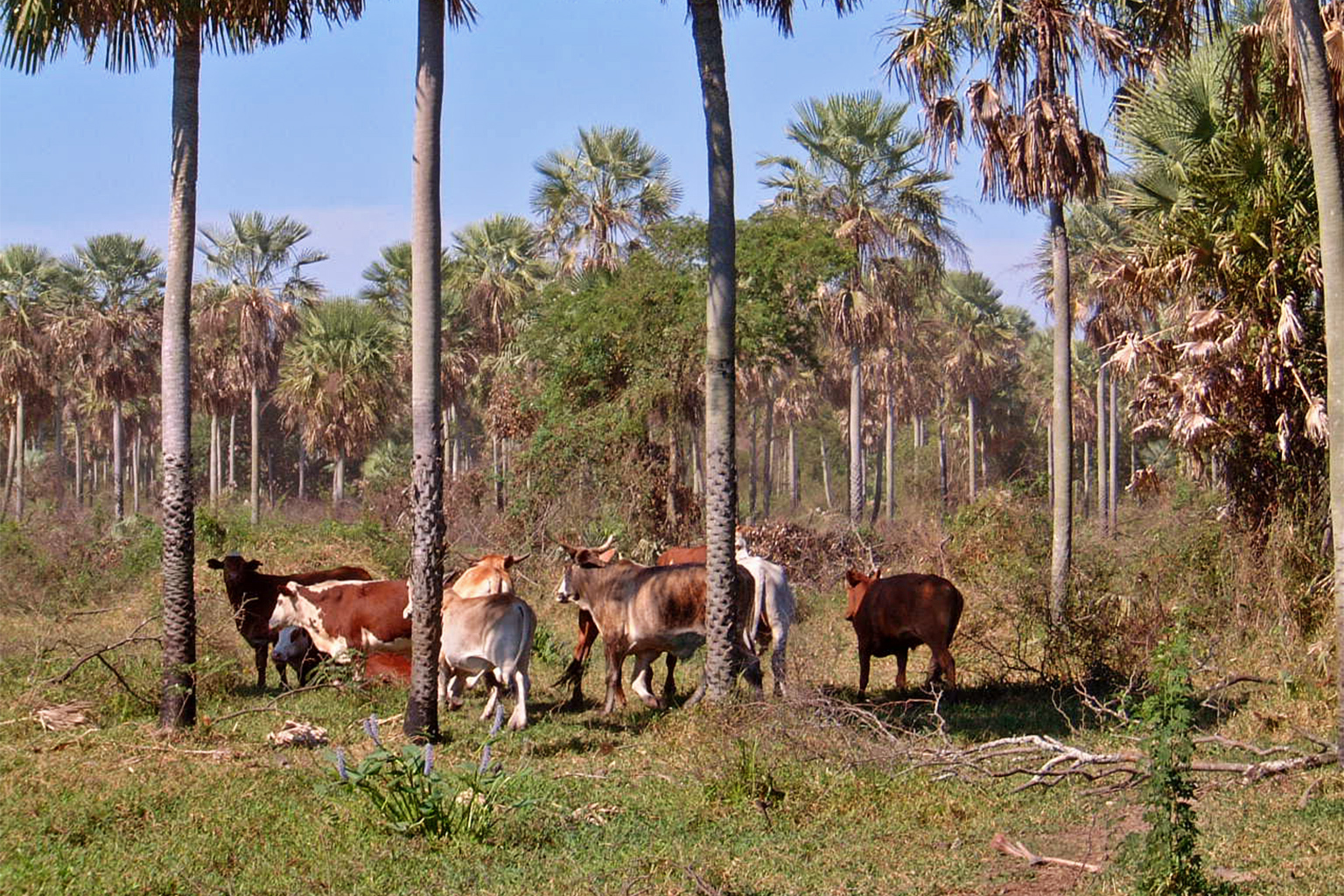

Analysis of satellite data provided to Earthsight by Global Forest Watch showed that forest clearing for agriculture has continued inside PNCAT. At least two new areas were cleared between 2020 and April 2021, and around 100 hectares (250 acres) of this clearing took place in densely forested land.
“The Paraguayan authorities haven’t just ignored the evidence of illegalities. Without bothering to check the facts, they have sought to defend the companies responsible,” Earthsight said.
Paraguay’s environment ministry and enforcement agency in charge of issuing deforestation permits have also both signed cooperation agreements with Chortitzer in recent months.
Further evidence suggesting new illegal activities inside PNCAT comes from the Totobiegosode people, whose representatives submitted complaints to public prosecutors denouncing fresh illegal invasions and forest clearing by settlers.
One of the areas cleared is located close to a lagoon traditionally used by uncontacted Totobiegosode groups. As a consequence, during the earlier part of this year, a group of uncontacted Togobiegosode emerged for the first time, highlighting the importance of action to protect PNCAT.
“Julio Duarte, a lawyer representing the Totobiegosode, told Earthsight that in January and February 2021, a band of uncontacted Totobiegosode approached a community of their settled cousins in the southern part of PNCAT at night, and sang to them of their worries about the continued encroachment of outsiders,” Earthsight said.
However, the Totobiegosode people have concluded that the government is not serious about protecting their rights or saving the Gran Chaco from destruction, and in protest recently withdrew from a dialogue with the government that was mediated by the Inter-American Commission of Human Rights (IACHR).
Meanwhile, Earthsight also disclosed that two of the three Paraguayan leather exporters exposed as having supply chains tainted with hides from cattle grazed inside PNCAT have increased shipments to Italy since the first report was published.
This means it’s business as usual for the global leather and car industry, with Paraguayan leather sales to Europe increasing despite companies still being unable to demonstrate how their supply chains are shielded from the problem.
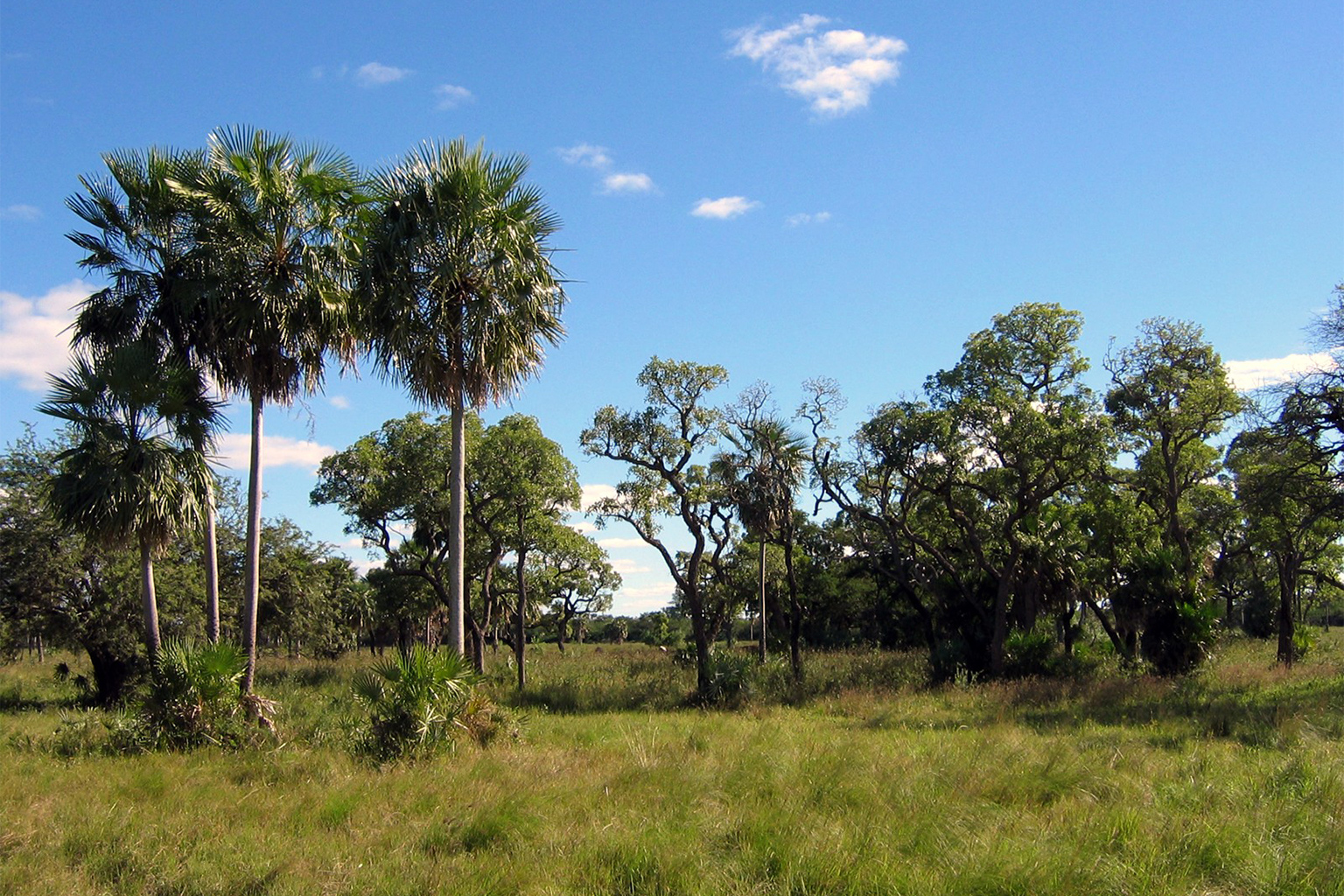
According to Earthsight, exports in the first four months of 2021 totaled 9,424 metric tons, increasing by a third from the same period in 2020.
Both BMW and Jaguar Land Rover, when contacted by Earthsight, denied that their leather supply chains have any connections to deforestation in Paraguay.
While BMW refused to provide further information on the audit commissioned after the publication of the “Grand Theft Chaco” that led to their conclusion, Jaguar Land Rover said that its supplier, Pasubio, the biggest buyer of Paraguayan leather, had assured the company that after extensive investigation, it found it did not breach any national laws.
However, Earthsight said the only investigation Pasubio admitted to doing is “obtaining blanket assurance from a Paraguayan ministry that doesn’t have jurisdiction over the relevant laws.”
Other automakers said there has been no significant change to their leather sourcing policies.
Earthsight said the response of the industry’s voluntary sustainability scheme, the Leather Working Group (LWG), verges on comedic, noting that in February 2021 it inserted a new clause requiring auditors to assess whether tanneries can be sure they aren’t using hides from illegal clearing in the Paraguayan Gran Chaco, but granted some firms the highest rating despite them scoring “zero” audits.
Recently, researchers at Humboldt University of Berlin found that the Gran Chaco stores up to 19 times more carbon than previously thought, and called for more international attention to the biome’s conservation.
“These recent findings underscore the urgent need for large consumer markets such as the European Union, United Kingdom, and the United States to implement legally binding regulations to curb their ties to forest loss and indigenous rights violations abroad,” Earthsight said.
Banner image: Cattle ranch in Gran Chaco. Image by Peer V via Wikimedia Commons (CC BY-SA 3.0).
Feedback: Use this form to send a message to the author of this post. If you want to post a public comment, you can do that at the bottom of the page






